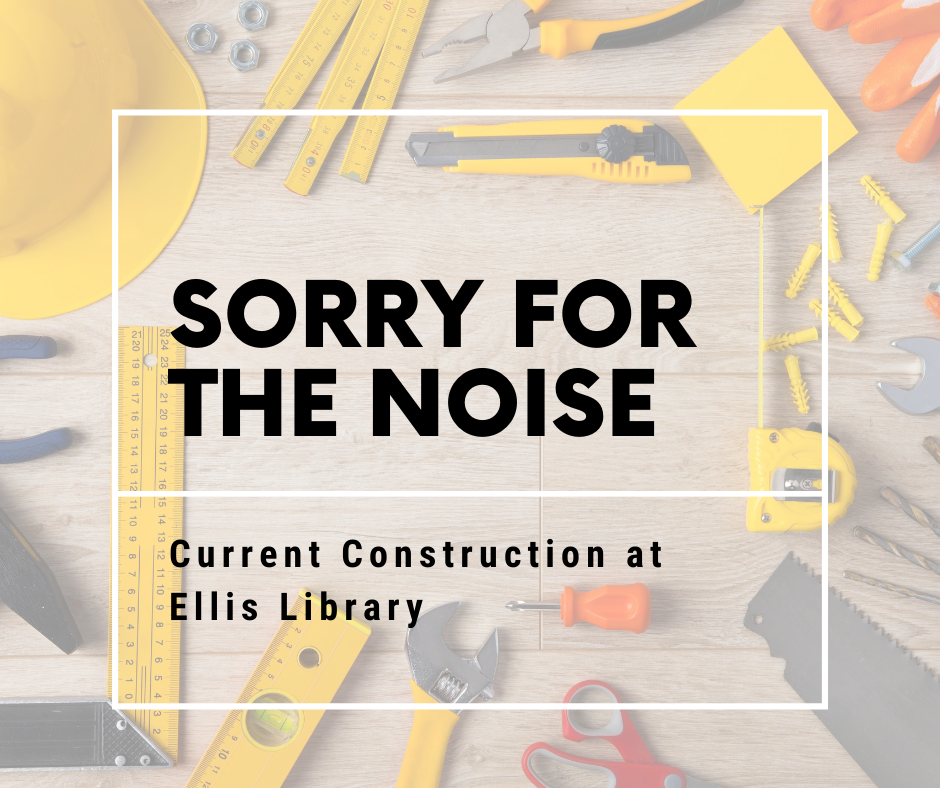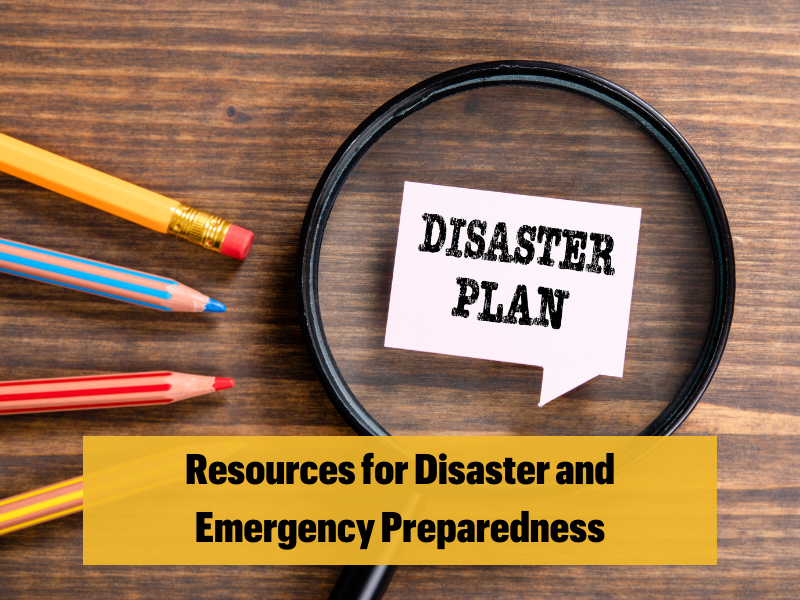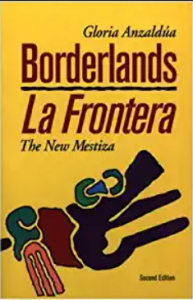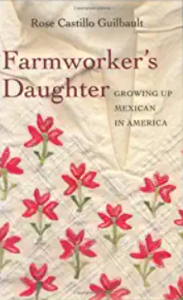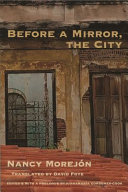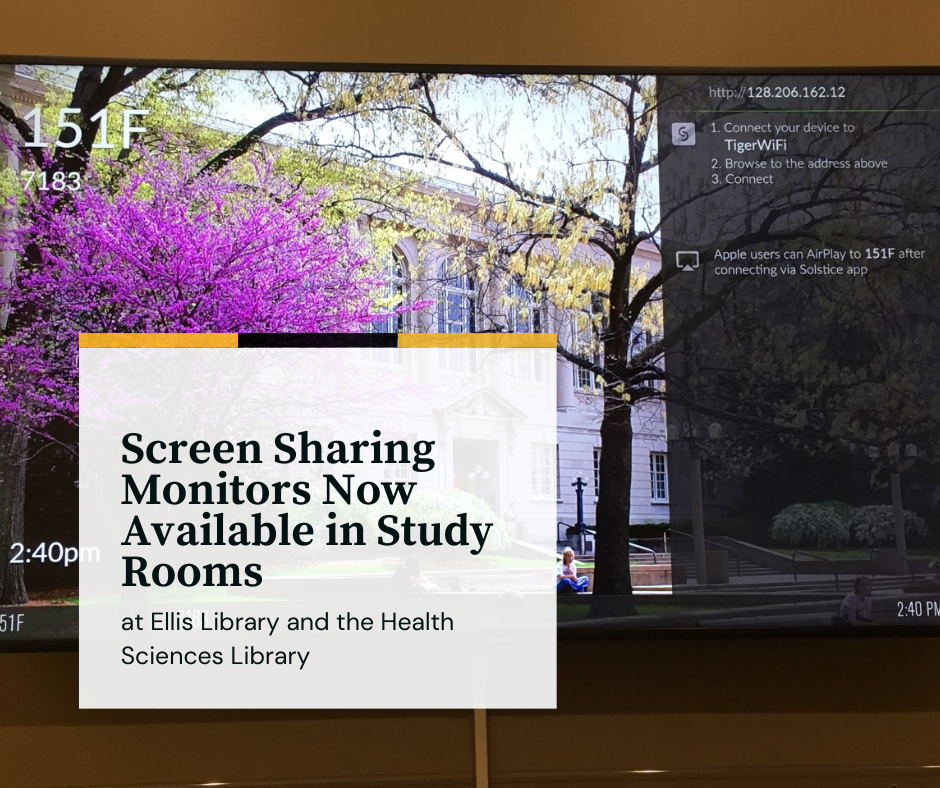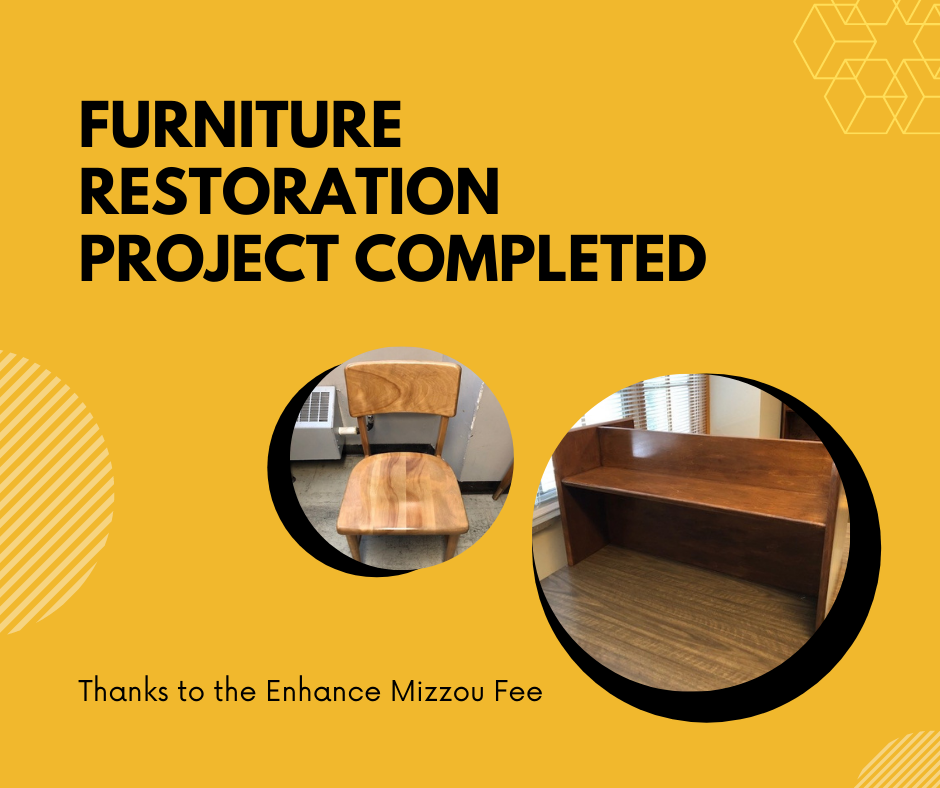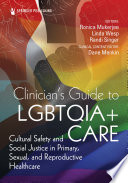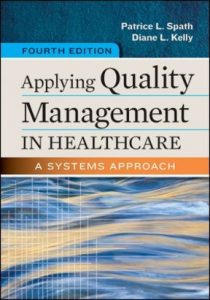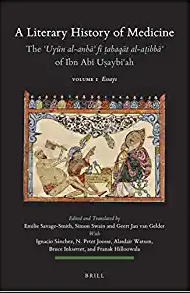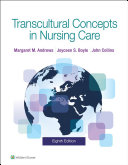Below is a list of recently published Pubmed articles from the University of Missouri related to COVID-19.
If you need assistance accessing the articles, please email asklibrary@health.missouri.edu.
Pubmed collection of MU authored COVID articles
Badawy M, Gaballah AH, Ganeshan D, Abdelalziz A, Remer EM, Alsabbagh M, Westphalen A, Siddiqui MA, Taffel MT, Itani M, Shaaban AM, Elsayes KM. Adrenal hemorrhage and hemorrhagic masses; diagnostic workup and imaging findings. Br J Radiol. 2021:20210753. Epub 2021/09/01. doi: 10.1259/bjr.20210753. PubMed PMID: 34464549.
Chang CWD. Bell Palsy and COVID-19: Overcoming the Fear of “Known Unknowns”. JAMA Otolaryngol Head Neck Surg. 2021;147(8):743-4. Epub 2021/06/25. doi: 10.1001/jamaoto.2021.1261. PubMed PMID: 34165521.
Hall JB, Woods ML, Luechtefeld JT. Pediatric Physical Therapy Telehealth and COVID-19: Factors, Facilitators, and Barriers Influencing Effectiveness-a Survey Study. Pediatr Phys Ther. 2021;33(3):112-8. Epub 2021/06/05. doi: 10.1097/pep.0000000000000800. PubMed PMID: 34086621; PMCID: PMC8212883.
Johnson SD, Olwenyi OA, Bhyravbhatla N, Thurman M, Pandey K, Klug EA, Johnston M, Dyavar SR, Acharya A, Podany AT, Fletcher CV, Mohan M, Singh K, Byrareddy SN. Therapeutic implications of SARS-CoV-2 dysregulation of the gut-brain-lung axis. World J Gastroenterol. 2021;27(29):4763-83. Epub 2021/08/28. doi: 10.3748/wjg.v27.i29.4763. PubMed PMID: 34447225; PMCID: PMC8371510.
Kaditis AG, Ohler A, Gileles-Hillel A, Choshen-Hillel S, Gozal D, Bruni O, Aydinoz S, Cortese R, Kheirandish-Gozal L. Effects of the COVID-19 lockdown on sleep duration in children and adolescents: A survey across different continents. Pediatr Pulmonol. 2021;56(7):2265-73. Epub 2021/04/23. doi: 10.1002/ppul.25367. PubMed PMID: 33887116; PMCID: PMC8251495.
London DA, Zastrow RK. The Orthopaedic Resident Selection Process: Proposed Reforms and Lessons From Other Specialties. J Am Acad Orthop Surg. 2021. Epub 2021/07/22. doi: 10.5435/jaaos-d-21-00214. PubMed PMID: 34288891.
Qureshi AI, Baskett WI, Huang W, Myers D, Lobanova I, Ishfaq MF, Naqvi SH, French BR, Chandrasekaran PN, Siddiq F, Gomez CR, Shyu CR. Intracerebral Hemorrhage and Coronavirus Disease 2019 in a Cohort of 282,718 Hospitalized Patients. Neurocrit Care. 2021:1-7. Epub 2021/07/08. doi: 10.1007/s12028-021-01297-y. PubMed PMID: 34231186; PMCID: PMC8260011.
Qureshi AI, Baskett WI, Huang W, Shyu D, Myers D, Lobanova I, Ishfaq MF, Naqvi SH, French BR, Siddiq F, Gomez CR, Shyu CR. Subarachnoid Hemorrhage and COVID-19: An Analysis of 282,718 Patients. World Neurosurg. 2021;151:e615-e20. Epub 2021/05/04. doi: 10.1016/j.wneu.2021.04.089. PubMed PMID: 33940263; PMCID: PMC8086384.
Qureshi AI, Baskett WI, Huang W, Shyu D, Myers D, Lobanova I, Naqvi SH, Thompson VS, Shyu CR. Effect of Race and Ethnicity on In-Hospital Mortality in Patients with COVID-19. Ethn Dis. 2021;31(3):389-98. Epub 2021/07/24. doi: 10.18865/ed.31.3.389. PubMed PMID: 34295125; PMCID: PMC8288468.
Shook LL, Bordt EA, Meinsohn MC, Pepin D, De Guzman RM, Brigida S, Yockey LJ, James KE, Sullivan MW, Bebell LM, Roberts DJ, Kaimal AJ, Li JZ, Schust D, Gray KJ, Edlow AG. Placental expression of ACE2 and TMPRSS2 in maternal SARS-CoV-2 infection: are placental defenses mediated by fetal sex? J Infect Dis. 2021. Epub 2021/07/23. doi: 10.1093/infdis/jiab335. PubMed PMID: 34293137; PMCID: PMC8344531.
Sriwastava S, Tandon M, Kataria S, Daimee M, Sultan S. New onset of ocular myasthenia gravis in a patient with COVID-19: a novel case report and literature review. J Neurol. 2021;268(8):2690-6. Epub 2020/10/14. doi: 10.1007/s00415-020-10263-1. PubMed PMID: 33047223; PMCID: PMC7549728.
Tang CY, Wang Y, McElroy JA, Li T, Hammer R, Ritter D, Lidl GM, Webby R, Hang J, Wan XF. Reinfection with two genetically distinct SARS-CoV-2 viruses within 19 days. J Med Virol. 2021;93(10):5700-3. Epub 2021/06/26. doi: 10.1002/jmv.27154. PubMed PMID: 34170528.
Wang J, Abu-El-Rub N, Gray J, Pham HA, Zhou Y, Manion FJ, Liu M, Song X, Xu H, Rouhizadeh M, Zhang Y. COVID-19 SignSym: a fast adaptation of a general clinical NLP tool to identify and normalize COVID-19 signs and symptoms to OMOP common data model. J Am Med Inform Assoc. 2021;28(6):1275-83. Epub 2021/03/07. doi: 10.1093/jamia/ocab015. PubMed PMID: 33674830; PMCID: PMC7989301.
Zhou J, Choi S, Liu H, Zhang J, Tian Y, Edlow AG, Ezashi T, Roberts RM, Ma W, Schust DJ. Is SARS-CoV-2 infection a risk factor for early pregnancy loss? ACE2 and TMPRSS2 co-expression and persistent replicative infection in primitive trophoblast. J Infect Dis. 2021. Epub 2021/07/23. doi: 10.1093/infdis/jiab309. PubMed PMID: 34293134.
